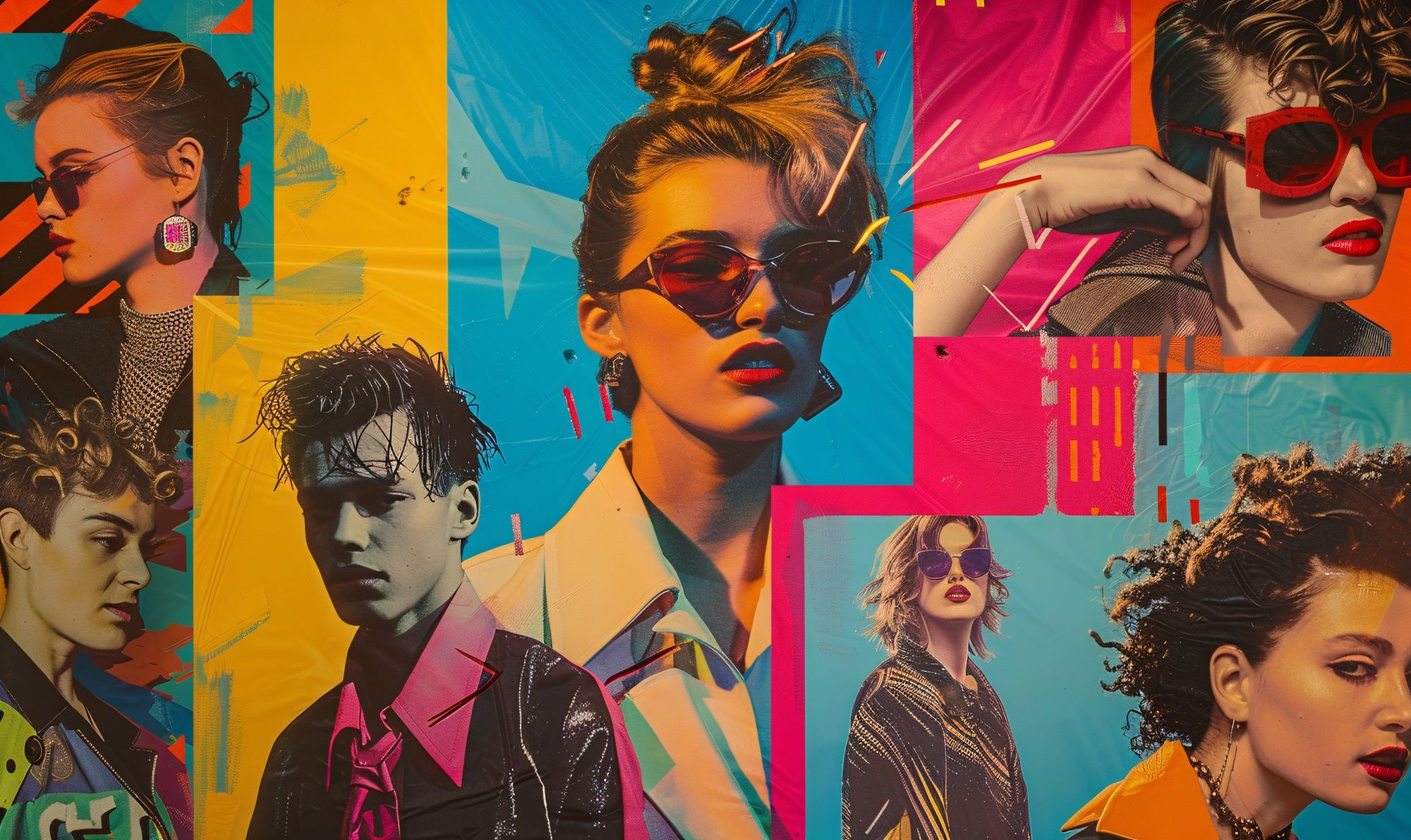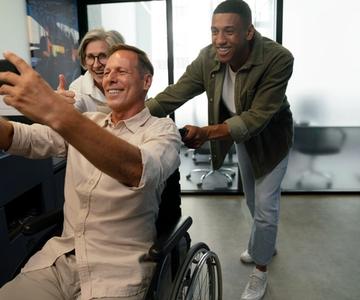Staying Ahead of the Curve: Identifying Emerging Design Trends

The design world is constantly evolving, with new trends emerging and old ones making a comeback. As a designer or a brand, staying ahead of the curve is crucial to keep your visuals fresh, engaging, and relevant. But how do you spot these trends early on and harness their potential? Let's dive in.
The Art of Trendspotting
Identifying emerging trends isn't just about following the crowd. It's about becoming a trendsetter. Here's how to refine your trendspotting skills:
1. Immerse Yourself: Delve deep into design communities, online platforms (like Behance and Dribbble), industry publications, and social media. Follow influential designers and agencies.
2. Attend Events: Conferences, workshops, and exhibitions offer valuable insights into what's on the horizon.
3. Analyze Data: Tools like Google Trends and Pinterest Predicts can reveal patterns and emerging interests.
4. Trust Your Gut: Sometimes, a trend feels intuitively right. Don't be afraid to experiment and explore your instincts.
Emerging Trends to Watch in 2024 and Beyond
While specific trends ebb and flow, certain themes are poised to shape the design landscape in the coming years:
3D and Bubble Text: Adding depth and playfulness to designs, 3D type (especially bubble text) is gaining momentum. Its versatility makes it perfect for everything from branding to UI design.
Color Clashing: As more brands adapt to meet AA WCAG Web Content Accessibility Guidelines for color contrast, expect to see more bold, vibrant, and contrasting color palettes.
Retro Nostalgia: Inspired by the '70s, '80s, and even the '90s, nostalgic design elements like faded palettes, funky patterns, and vintage minimalism are making a resurgence.
Anti-Design: This rebellious style challenges traditional aesthetics with mixed fonts, overlapping elements, and unconventional layouts. It's perfect for creating edgy and attention-grabbing designs.
Abstract Gradients and Transitions: While gradients have been around for a while, abstract variations are taking center stage, offering a more modern and artistic approach.
Texture and Tactility: Designers are increasingly incorporating textures into their work to create a more immersive and sensory experience. This can be achieved through typography, illustrations, or even digital textures.
Geometry: Geometric shapes and patterns are a timeless trend, but they're seeing a revival in 2024 with a focus on bold, clean lines and eye-catching arrangements.
Illustrated Mascots: Logo mascots are making a comeback across industries, adding personality and a touch of whimsy to brands.
The Rise of AI in Design
No discussion of design trends is complete without mentioning the growing influence of artificial intelligence (AI). AI tools are revolutionizing the way designers work, streamlining workflows, generating ideas, and even creating stunning visuals. However, the human touch remains essential for guiding AI's creative output and ensuring that designs align with brand values and resonate with audiences.
Using Trends Strategically
Remember, trends are tools, not rules. Don't blindly follow them; instead, adapt and tailor them to your specific projects and goals. Consider:
Your Target Audience: Which trends are likely to appeal to your specific audience?
Your Brand Identity: How can you incorporate trends while maintaining a consistent brand aesthetic?
Your Project's Purpose: Will a particular trend enhance or detract from the message you're trying to convey?
By staying informed, experimenting creatively, and using trends strategically, you'll not only stay ahead of the curve but also shape it. Embrace the evolution of design, and let your work inspire and captivate audiences in the years to come.
Need help navigating these trends or want to leverage them for your brand? Contact Yo Marketing today for expert guidance and design solutions.















